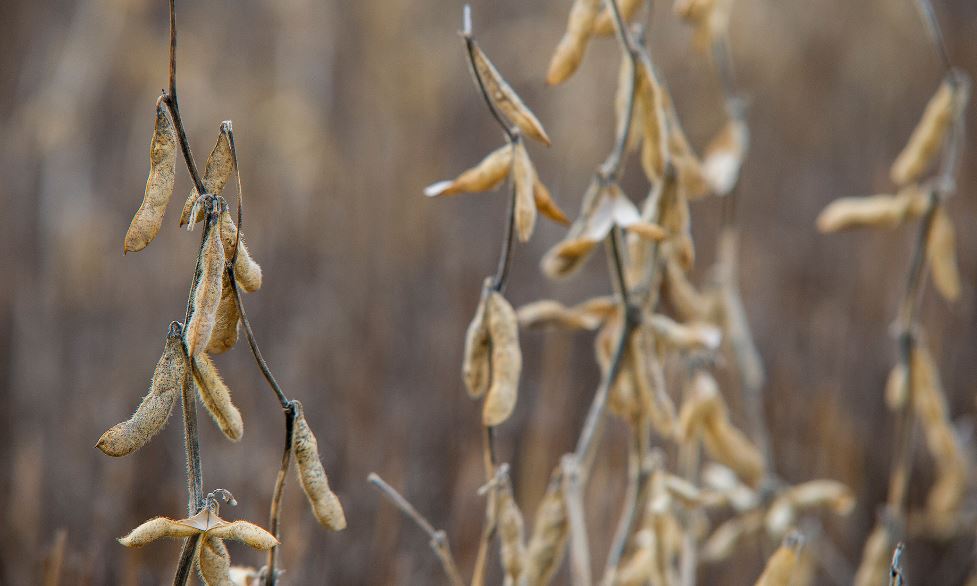
This week on SUNUP, OSU Agriculture Economist Dr. John Michael Riley discusses the highs and lows of current grain and cotton markets after the World Agriculture Supply and Demand Estimates Report was released last week.
He said that soybeans earned the headline of the day when its 51.7 bushels per acre yield was reported, down 1.4 bushels per acre from a month ago and 1.1 lower than expected. Ending stocks were 470 million bushels, down 80 bushels from a month prior, and 62 bushels lower than expected.
“We were thinking that would happen because of the dryness across the Midwest and the corn belt,” Riley said. “As the numbers were coming in, we were seeing the numbers drop.”
Corn earned the subtitle when USDA reported 183.1 bushels per acre, down 0.7 bushels from the previous month, and 0.6 bushels lower than the trade. Reported ending stocks 1.938 billion bushels, down 61 million bushels from last month, and 8 million lower than the trade expected.
“Trade was largely expecting USDA to keep the corn yield at the previous month, but it was adjusted lower for the same reasons as soybeans,” Riley added.
Wheat reported 815 million bushels of ending stocks, slightly up from a month ago.
This week on SUNUP:
- Amy Hagerman, OSU Extension agricultural policy specialist, discusses the recent updates the Oklahoma Emergency Drought Committee made after the timely rains.
- Although the state received much-needed rain, the situation could change quickly. Dave Lalman, OSU extension beef cattle specialist, has tips for supplementation in cattle herds to stretch hay supplies longer into the season.
- Darren Scott, OSU food scientist, discusses the recent outbreaks of listeria and E. coli that led to several high-profile recalls in the U.S. He also explains how the food industry is equipped to detect food safety issues.
- Mark Johnson, OSU Extension beef cattle specialist, says cow culling rates are lower than normal this year, and he predicts high cull-cow prices are expected to continue.
- Derrell Peel, OSU Extension livestock marketing specialist, says the rain may not help much with wheat pasture, but it will help cow-calf operations with available water sources.
- John Michael Riley, OSU agricultural economist, analyzes the latest USDA World Agricultural Supply and Demand Estimates (WASDE) report.
- Finally, State climatologist Gary McManus shows how impactful the recent rainfall has been.
Oklahoma Agriculture Starts at SUNUP!
Weekly Statewide Broadcast: Saturday at 7:30 a.m. & Sunday at 6 a.m. on OETA (PBS)
Stream Anytime: YouTube.com/SUNUPtv

















